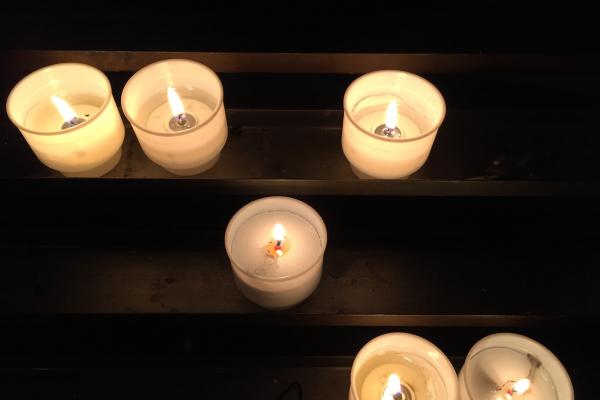Mar 9, 2016
Since I was born Baptist, I think I was taught in utero to be skeptical of all this Roman Catholic stuff. Of Mary. Of popes and princes. Of these incense-tainted, saintward prayers. Of the overreliance on the heritage that traces back to St. Peter (though of course we would never have called him St. Peter). At one point, our guide said, “Upon this rock, I build my church blah blah blah.” She meant no disrespect. Yet it was one of the funniest, most unwittingly perfect things she has said, pithily capturing our sometimes-cavalier attitude toward this church and, for some of us, institutional religion more broadly.
Read the Full Article

Already a subscriber? Login
